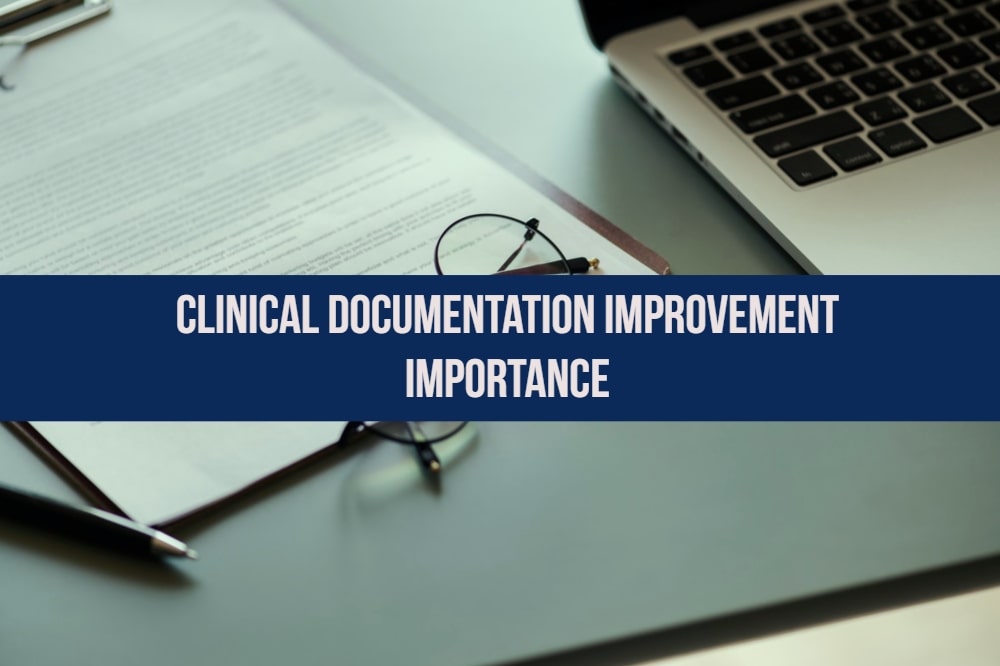The passion to cure people of ailments is what drives a person to become a physician. However, just medically treating people is no longer the only work that a physician needs to do – there are so many other things that demand his attention on a regular basis. Juggling between treating patients and running a practice often brings in many challenges that need to be faced on a daily basis. It is important for a physician to be able to handle these management challenges. Failure to do so can lead to one aspect of the work suffering due to the other.
Listed below are some of the management challenges that a physician faces in his practice.
Employment vs. self employed
The first challenge that every physician faces is making a choice between getting employed at a healthcare facility or starting their own practice. Both the choices have their advantages and disadvantages. Joining an existing healthcare facility does save a physician from the problems of competition, the pressures of administrative burdens, pressures of paying salaries to staff, retaining staff and many more. On the other hand, running their own practice offers physicians a chance to earn more money and the independence of being your own master.
Eventually, it boils down to each individual’s priorities and mind set. While there are physicians who are shutting down their private practice and joining an established healthcare facility, there are others who are doing the reverse. A large number of these are due to financial reasons. While some find the financial implications of running a practice a burden, there are others who feel that the compensation from their job is not enough and they would do better on their own.
Whatever the challenge, it is prudent to research and understand all aspects of both before making the choice.
Administrative burdens
Most physicians today feel that they are spending more time handling paperwork and administrative issues rather than treating patients. Well, they are not wrong about this – according to The Practice Profitability Index, the percentage of physicians spending more than one day per week on paperwork, has gone up to 70% in 2014 as against 58% in 2013. Most physicians choose their profession because of the desire to help and cure people. Anything that takes them away from doing this causes job dissatisfaction.
The ever growing requirement of paperwork is a major burden to physicians. Spending time filling out forms instead of treating patients seems to take away from the primary role of the physician. The option of hiring another person to take care of the paperwork does exist, but the financial burden of having to pay for that service becomes a challenge in itself. Technology driven changes, though meant to make healthcare service better and cheaper, seem to take more of the physician’s time away from the patients.
Sitting in front of a computer, filling forms to comply with prior authorizations, implementing and operating EHR systems means that there is less time to treat patients. This in turn leads to reduces financial returns, which makes it harder to run a practice successfully.
Payers and patients dictating healthcare
Dealing with a range of audits relating to meaningful use and other programs, keeping records of patient treatments up to 10 years back are just some of the ways in which payer influence on patient care is increasing. Insurers reward more affordable care – in fact, payments to a large number of hospitals and healthcare providers are designed to nudge them towards what is considered better care by the insurers. Added to these, payers are also tightening their provider networks to try and bring down costs which are resulting in evaluation of more and more physicians.
One of the challenges for physicians is balancing the positive feedback from patients with the quality of healthcare and services. Although physicians want their patients to be satisfied and evolve their services towards this; government programs such as the Physician Quality Reporting System and others are making physicians modify their practice patterns to improve their scores. This is resulting in practices becoming more metric-centered as against being patient centered. The biggest issue in scoring a physicians practice is the difference between what a patient wants or expects and what the physician believes is clinically important and medically required.
Physicians make every effort to treat their patients with utmost care and within the parameters of medical requirements, but sometimes they also have to say ‘no’ to their patients demands. With the current scoring system, more and more physicians are finding it difficult to say no, as it will eventually affect their patient satisfaction scores.



